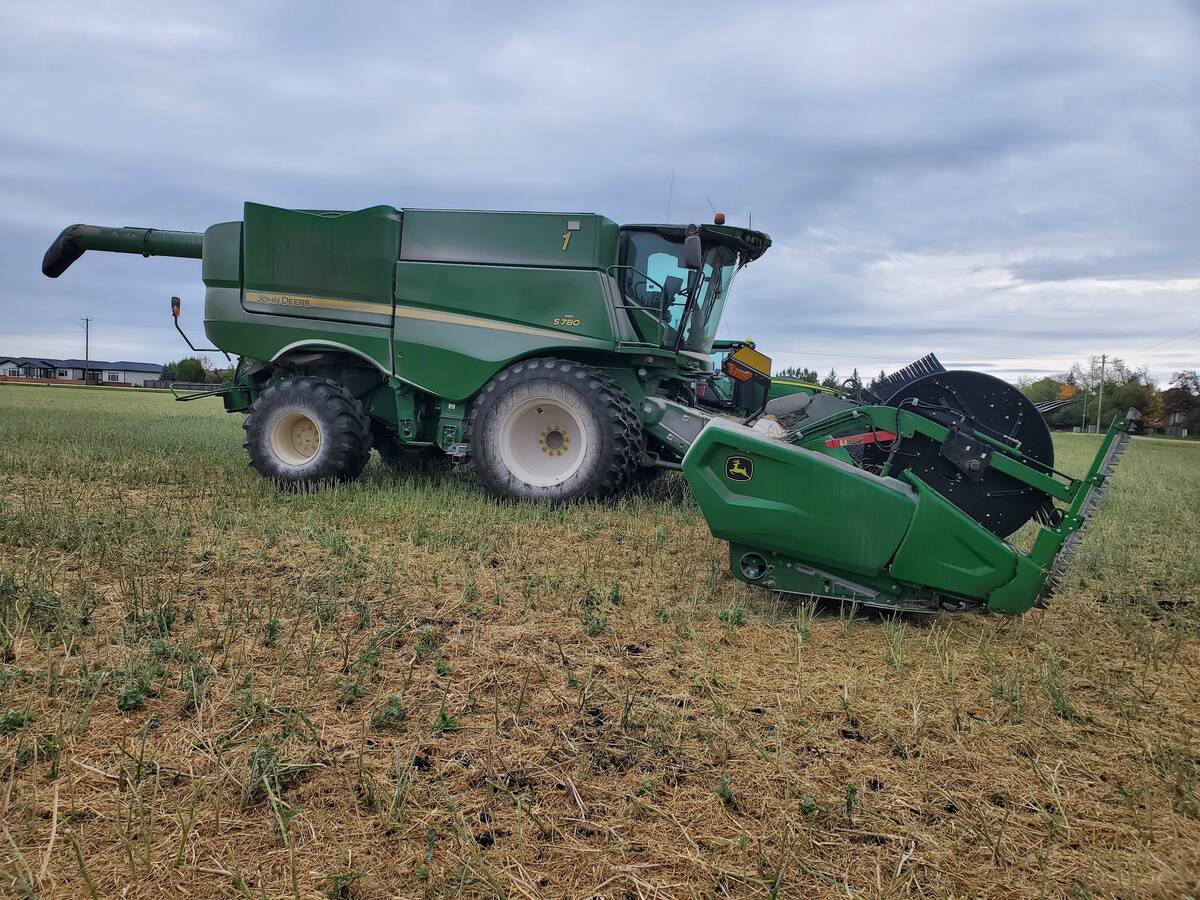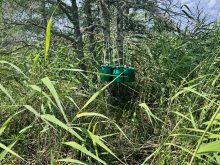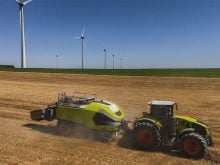Violent incidents are not increasing in Alberta schools, according to the president of the Alberta Teachers’ Federation.
But the nature of the altercations has changed, said Bauni Mackay.
“It’s not that there’s more violence but that the intensity of the violence is greater and that weapons are involved more often,” she said.
“When a school yard fight used to break out it would just be fists and now, unfortunately, it may also involve pulling a knife.”
Most schools have a zero tolerance policy in place for weapons, said Mackay, adding weapons usually aren’t brought inside.
Read Also

Powdery mildew can be combine fire risk
Dust from powdery mildew can cause fires in combines.
Kids caught with weapons in school are usually expelled.
“Most of the violence takes place outside the school property because kids are smart and know what the consequences are going to be. So having violence inside schools is very rare.”
The shooting death of a Taber, Alta., high school student by a fellow teenager last month has sparked fear of violence in schools, said Mackay. However, it’s an isolated incident in Alberta, she said, adding the only other high school shooting she knows of took place in 1959 in an Edmonton school.
“The media is focusing so much on Taber that people forget there are over half a million kids in schools in Alberta and only one brought a gun to school. The others were doing whatever they were supposed to be doing.”
Most school violence is individual bullying because of jealousies and rivalries between students or groups of teens, said Mackay. Nasty words can escalate to pushing and shoving.
“Very often it’s because there is some added outside-of-school factor, whether it’s gangs or somebody’s girlfriend looked at somebody wrong on Saturday night.”
The Taber incident, which saw one student killed and another teenager injured, won’t change school policies, she said.
“I think that right now we’ve got all the policies in place that we need. I know there’s not going to be anybody advocating that we have metal detectors and uniformed police there for that purpose.”
Many schools already have an emergency response strategy to deal with weapons in schools or intruders. Usually the plan includes using codes and making sure key people follow set procedures.
“It’s a team kind of approach so that if some kind of incident like that arose they wouldn’t be scrambling.”
As well, curriculum courses are being developed through the Safe and Caring Schools Project. Vicki Mather, director of the program for the Alberta Teachers’ Federation, said course material is already being used by 100 elementary schools in Alberta. The project is funded mainly by the provincial government.
She hopes material will be available for high schools in about a year if enough funding is available.
The elementary school material, first implemented this school year, teaches kids violence prevention and acceptance of others. Developing self-esteem, managing with anger and dealing with bullying are some of the topics.
Topics for junior and senior high schools to explore may include respect, punishment for inappropriate behavior and taking responsibility for choices. Teachers will be asked to give input, said Mather.
However, communities as a whole have to work to prevent violence in society before any major changes in attitude take place, she said.
“The first thing to remember is that schools are a part of the community and if we want safe schools we have to make sure we have a safe and caring community.”
Since the Taber incident, Mather has received many calls about the program.
“Right now they’re looking for just about anything. We certainly have realized this could happen anywhere. Nobody is immune from this tragedy.”
In the meantime, Mackay stresses most students are acting responsibly at schools.
“With the odd exception, kids respect the fact that there are consequences to making some bad decisions and they also are pretty good, most of them, at handling negative situations in a constructive way.”
















